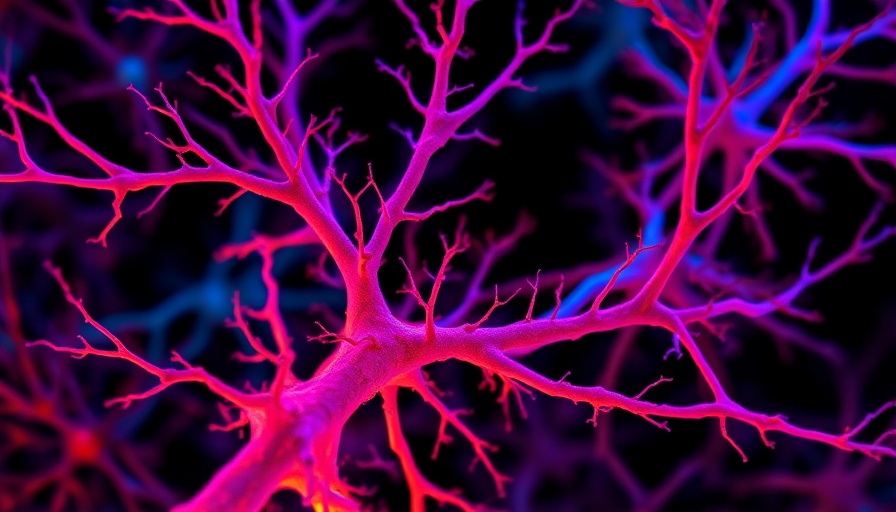
Understanding Fragile X Syndrome Through Visual Processing
Recent research has shed light on how fragile X syndrome affects visual processing, providing insights that could have far-reaching implications for understanding autism. A new study highlights that, in mice lacking the FMR1 gene—a condition reflective of fragile X syndrome—sensory neurons exhibit significant structural and functional alterations. These changes manifest predominantly in retinal ganglion cells, which have been shown to receive excessive inhibitory inputs and demonstrate reduced responsiveness to light compared to their wildtype counterparts. This loss of functionality may be crucial in explaining the heightened visual sensitivities often reported in individuals with both fragile X syndrome and autism.
The Broader Implications of Sensory Alterations
This discovery opens the door to a deeper exploration of how sensory processing alterations could impact behavior and emotional responses in individuals on the autism spectrum. Research has indicated that children with autism often face challenges with sensory overload, which can adversely affect their social interactions and overall quality of life. The identified changes in the retina's neuronal responses may parallel similar adaptations in other sensory systems, potentially leading to a comprehensive understanding of these phenomena.
Comparative Research in Autism Studies
While the research spotlight is on fragile X syndrome, numerous studies this week delve into various aspects of autism and its related conditions. For instance, a paper published in eLife explored the use of antisense oligonucleotides as a means to mitigate cognitive impairments in individuals with the 22q11.2 deletion syndrome. This highlights a critical intersection between genetic research and therapeutic intervention strategies, pointing toward innovative paths for managing neurodevelopmental disorders.
Burgeoning Research on Neurological Markers
Elsewhere, profiling extracellular vesicles has revealed promising novel signatures associated with autism in patient-derived forebrain organoids. This breakthrough could pave the way for future biomarkers that may refine our understanding of autism's complex etiology. Such findings indicate the importance of personalized medicine in treating heterogeneous conditions like autism, as scientists continue to map out brain development disruptions among diverse genetic backgrounds.
Perinatal Influences on Neurodevelopment
A pivotal study published in Biological Psychiatry examines the impact of prenatal cannabis exposure on psychotic-like experiences in youth. The implications of this research resonate with the current public health narrative focusing on substance use during pregnancy and its potential long-term neurological consequences. Understanding how these variables interact during critical periods of development might aid in formulating guidelines for better prenatal care and developmental support.
Continuing Challenges in Autism Research
Despite significant strides in our understanding of autism, researchers are still grappling with many hidden complexities. Research from Nature Communications highlights that serotonin signaling plays a dynamic role in shaping cortical GABAergic circuits, which are essential for sensory encoding throughout life. Delving into these biochemical pathways could yield insights that transform how we perceive and treat autism, refining our approaches with empirical backing.
Conclusion: The Importance of Ongoing Research
As researchers and clinicians navigate the intricate landscape of autism and related syndromes, studies like those addressing altered visual processing in fragile X syndrome enhance our comprehension of these conditions. The knowledge gained not only holds potential therapeutic implications but also fosters a broader understanding of sensory processing challenges that can significantly impact individuals with autism. Together, these insights underscore the necessity for continued research and collaboration across disciplines to improve outcomes for those with neurodevelopmental disorders.
 Add Row
Add Row 

 Add
Add 


 Add Row
Add Row  Add
Add 
Write A Comment